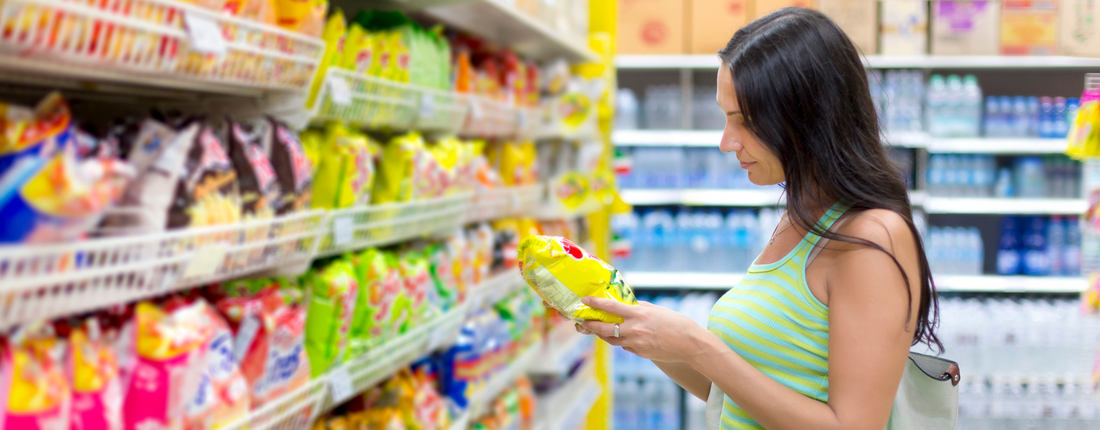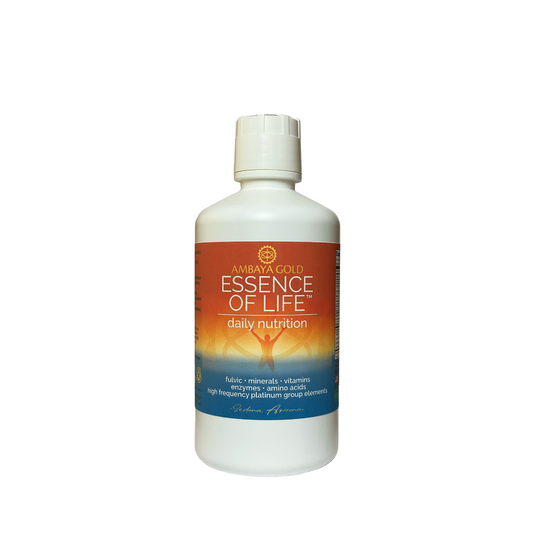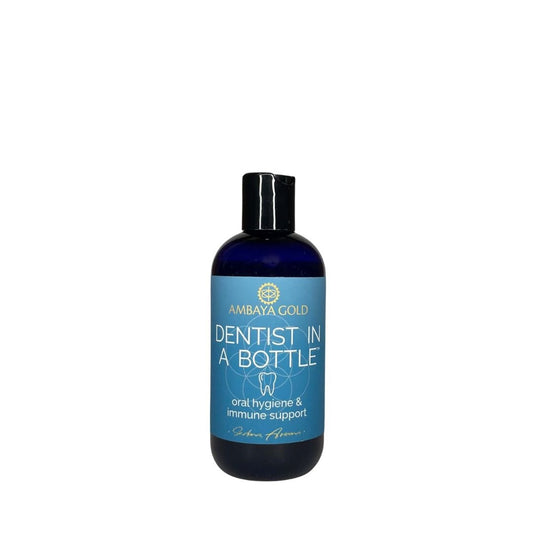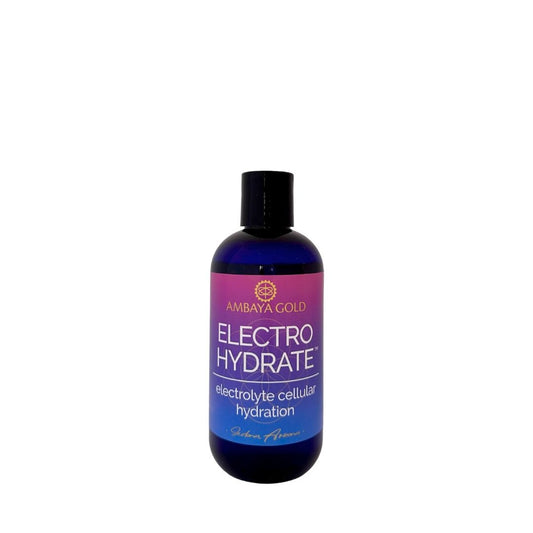The United States boasts a vast and varied culinary landscape, but not all ingredients used in American kitchens are welcomed worldwide. Some food additives and ingredients that are common in the U.S. are banned in other countries due to health concerns. This blog will explore a few of these controversial ingredients, highlighting why they're restricted elsewhere and what makes them contentious.
1. Brominated Vegetable Oil (BVO)
Where it's banned: European Union (EU), Japan, and India
Why it's used: BVO is added to sodas and citrus-flavored drinks to prevent the flavoring from separating and floating to the top.
Health concerns: Studies have suggested that BVO can accumulate in human tissues, potentially leading to memory loss, skin problems, and nerve disorders. The FDA originally classified BVO as "generally recognized as safe" but later reversed that decision due to safety concerns. Although the FDA has set limits on BVO use, other countries have opted for a complete ban due to potential risks.
2. Potassium Bromate
Where it's banned: EU, Canada, Brazil, and China
Why it's used: Potassium bromate is a flour improver that strengthens dough and helps it rise during baking.
Health concerns: Potassium bromate has been linked to cancer in laboratory animals. The International Agency for Research on Cancer (IARC) classifies it as a possible human carcinogen. Many countries have banned its use in food production, but it remains legal in the U.S. under strict regulations.
3. Azodicarbonamide (ADA)
Where it's banned: EU, Australia
Why it's used: ADA is used as a dough conditioner in bread making and can also be found in some yoga mats and shoe soles.
Health concerns: When heated, ADA breaks down into substances that have been linked to cancer. The EU has banned its use in food products, citing health concerns. Despite its controversial nature, the FDA permits its use in the U.S., considering it safe within certain limits.
4. Artificial Food Dyes
Where they're banned: Many dyes are banned or restricted in the EU
Why they're used: Artificial food dyes enhance the appearance of food and drinks, making them more appealing.
Health concerns: Certain artificial dyes, like Red 40, Yellow 5, and Yellow 6, have been linked to hyperactivity in children and potential carcinogenic effects. The EU requires warning labels on products containing these dyes, and some countries have banned specific dyes outright.
5. rBGH (Recombinant Bovine Growth Hormone)
Where it's banned: EU, Canada, and Japan
Why it's used: rBGH is injected into dairy cows to increase milk production.
Health concerns: rBGH has been linked to an increased risk of cancer in humans and health problems in cows, such as mastitis. Due to these concerns, many countries have banned the use of rBGH, while it remains approved for use in the U.S.
While the U.S. allows certain food additives and ingredients, growing awareness and international standards have led many other countries to ban them. Consumers concerned about these ingredients should read labels carefully and consider alternatives when possible. By understanding the potential risks and the reasons for international bans, individuals can make more informed choices about what they eat. Below are examples of foods banned in other countries.
-
Mountain Dew and Fresca:

- Ingredient: Brominated Vegetable Oil (BVO)
- Banned in: Europe, India, and Japan
- Reason: BVO contains bromine, which is also found in flame retardants, and has been linked to memory loss, skin problems, and nerve issues.
- Skittles and M&M's:
- Ingredient: Artificial food colorings (Yellow 5, Yellow 6, Red 40)
- Banned in: Norway and Austria (and require warnings in the EU)
- Reason: These dyes have been linked to hyperactivity in children and potential carcinogenic effects.
- Bread Products (ex., Subway bread):
- Ingredient: Azodicarbonamide (ADA)
- Banned in: Europe and Australia
- Reason: ADA is a bleaching agent and dough conditioner that has been linked to respiratory issues and is also used in making yoga mats and shoe soles.
-
Farmed Salmon:

- Ingredient: Synthetic astaxanthin
- Banned in: Australia and New Zealand
- Reason: This artificial coloring is used to give farmed salmon a pink color and is not approved for human consumption in some countries due to potential health risks.
- Chlorinated Chicken:
- Process: Chicken is washed in chlorine
- Banned in: European Union
- Reason: Concerns over food safety practices and the potential chemical residues from chlorine washes.
- Meat with Ractopamine:
- Ingredient: Ractopamine
- Banned in: European Union, China, and Russia
- Reason: This growth promoter used in livestock has been linked to cardiovascular issues in humans.
- Kellogg's Frosted Flakes and Rice Krispies:
- Ingredient: Butylated Hydroxytoluene (BHT) and Butylated Hydroxyanisole (BHA)
- Banned in: Japan and the European Union
- Reason: BHT and BHA are preservatives that have been associated with cancer risk in animal studies.
-
Chewing Gum (e.g., Trident, Orbit):

- Ingredient: Titanium Dioxide
- Banned in: European Union (from 2022)
- Reason: Concerns over the potential genotoxicity (damage to DNA) and other health risks associated with nanoparticles.
- Ritz Crackers:
- Ingredient: Partially Hydrogenated Oils (Trans fats)
- Banned in: Partially banned in Canada and completely banned in Denmark, Switzerland, and Austria
- Reason: Trans fats are linked to heart disease, stroke, and diabetes.
- Coffee-Mate Creamer:
- Ingredient: Partially Hydrogenated Oils (Trans fats)
- Banned in: Same as above
- Reason: Same health risks as listed for Ritz Crackers.
While the FDA has its own regulations and guidelines for food safety, these ingredients remain controversial, and their safety is evaluated differently around the world. Always check food labels and stay informed about what you’re consuming. A good rule of thumb is that organic or locally made is usually the safer choice. If you don't know an ingredient, look into it or opt for a different product.
Sources:
- [FDA](https://www.fda.gov/food/food-additives-petitions/brominated-vegetable-oil-bvo)
- [ScienceDirect](https://www.sciencedirect.com/science/article/abs/pii/S0278691518300580)
- [Cancer.org](https://www.cancer.org/)
- [Environmental Working Group (EWG)](https://www.ewg.org/)
- [World Health Organization (WHO)](https://www.who.int/)
- [FDA](https://www.fda.gov/)
- [Center for Science in the Public Interest (CSPI)](https://www.cspinet.org/)
- [European Food Safety Authority (EFSA)](https://www.efsa.europa.eu/)
- [American Cancer Society](https://www.cancer.org/)
- [Health Canada](https://www.canada.ca/en/health-canada.html)









